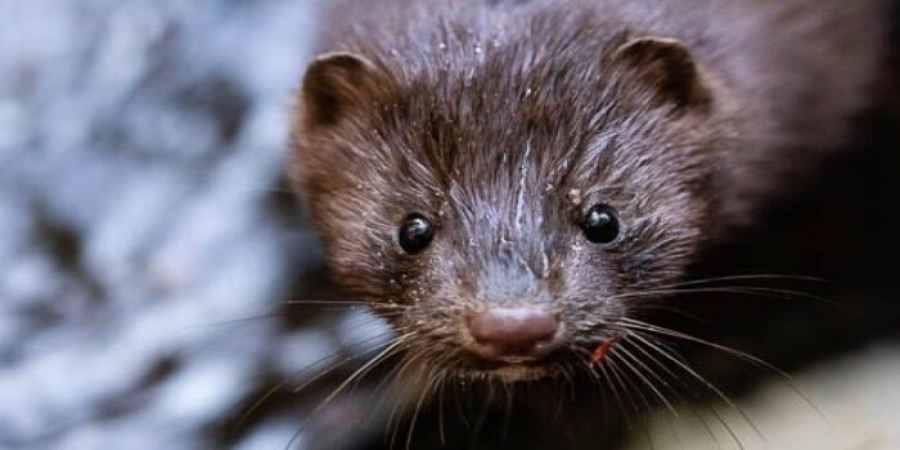

The Science of Mink Farming: Behind the Scenes of Fur Production
Mink farming, a specialized branch of animal husbandry, involves the meticulous management of minks to produce high-quality fur. Behind the scenes, it's a multifaceted process driven by a deep understanding of mink biology and behavior. Let's explore the scientific aspects that underpin modern mink farming practices.
Breeding and Genetics
- Selective Breeding: Mink farmers carefully select breeding stock based on desired fur traits like color, density, and overall quality. This influences the characteristics passed on to future generations.
- Pedigree Tracking: Detailed records of mink lineage are kept to prevent inbreeding and maintain genetic diversity within the farmed population.
Nutrition: A Balanced Diet
- Specialized Feed: Mink require a high-protein diet, typically formulated from a mix of poultry and fish by-products, along with essential vitamins and minerals.
- Feeding Regimens: The quantity and frequency of feeding are adjusted based on the mink's life stage, whether gestating, nursing, or approaching pelting season (when fur is harvested).
Housing and Environment
- Cage Design: Mink cages are designed to provide adequate space for movement, along with nest boxes for raising young.
- Temperature Control: Minks are sensitive to heat stress. Ventilation and cooling systems are essential in warm climates.
- Enrichment: Providing swimming pools or other forms of enrichment promotes natural behaviors and improves overall well-being.
Health and Veterinary Care
- Vaccination Programs: Mink are vaccinated against common diseases like distemper and botulism, maintaining a healthy population.
- Parasite Control: Deworming and external parasite prevention are routine health measures for mink.
- Veterinary Expertise: Specialized veterinarians assess herd health and address medical issues that may arise.
Animal Welfare Considerations
Mink farming is subject to a growing focus on animal welfare, influencing practices within the industry. Key areas of concern include:
- Spacious Caging: Providing adequate space for minks to express natural behaviors is crucial.
- Environmental Enrichment: Providing opportunities for swimming, digging, and exploration improves quality of life.
- Welfare Certifications: Some fur producers adhere to animal welfare certification programs, ensuring ethical standards.
References:
- Fur Commission USA: On the Farm
- Truth About Fur: Farm Animal Welfare
- USDA National Agricultural Library: Animal Welfare Information Center
The science of mink farming is continuously evolving. With ongoing research in genetics, nutrition, and animal welfare, the goal is to enhance both the quality of fur produced and the well-being of the farmed mink population
Popular articles

Apr 11, 2024 07:40 PM

May 25, 2024 08:09 PM

Apr 11, 2024 07:22 PM

Apr 10, 2024 07:59 PM

Mar 14, 2024 07:53 PM
Comments (0)